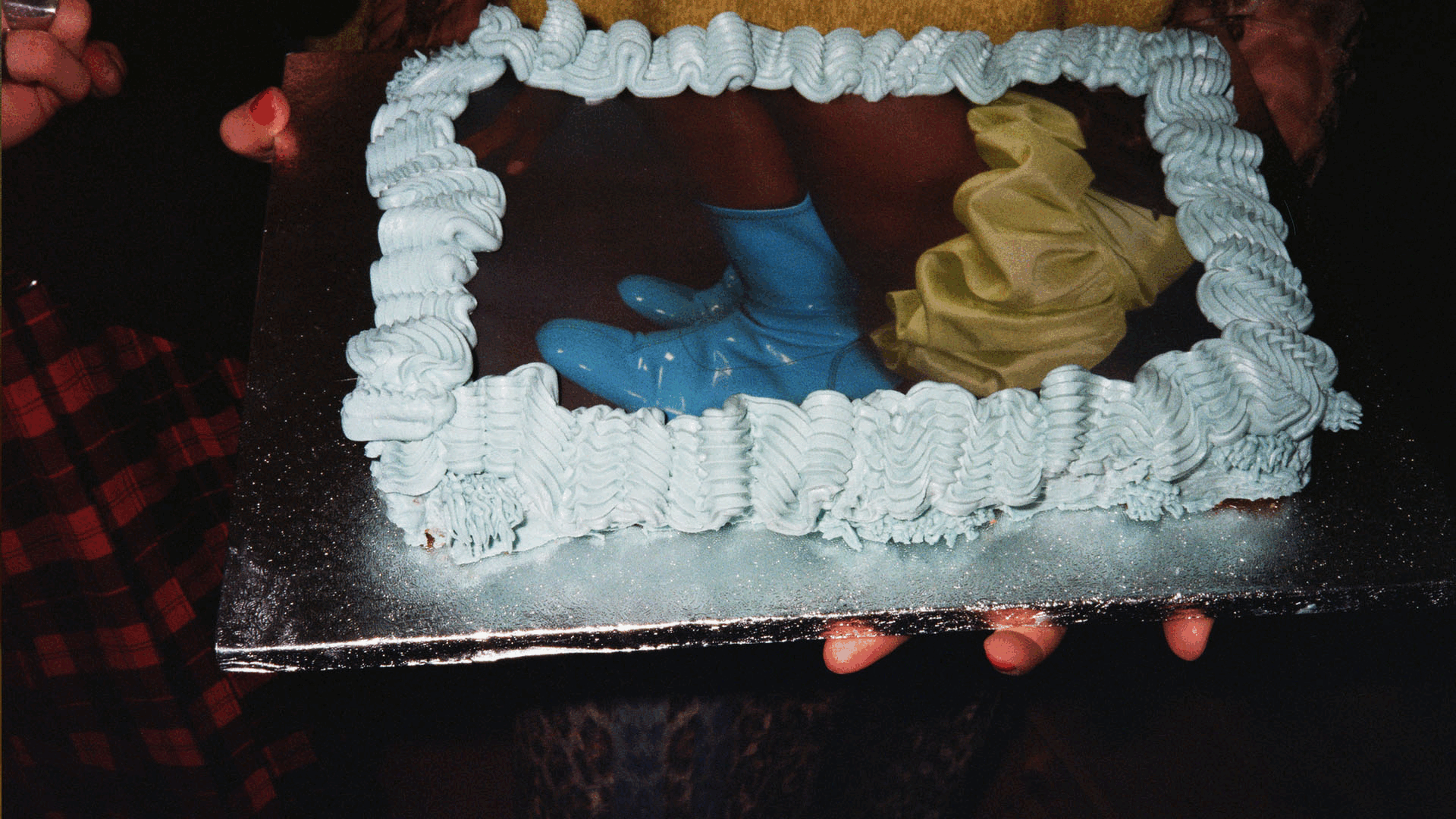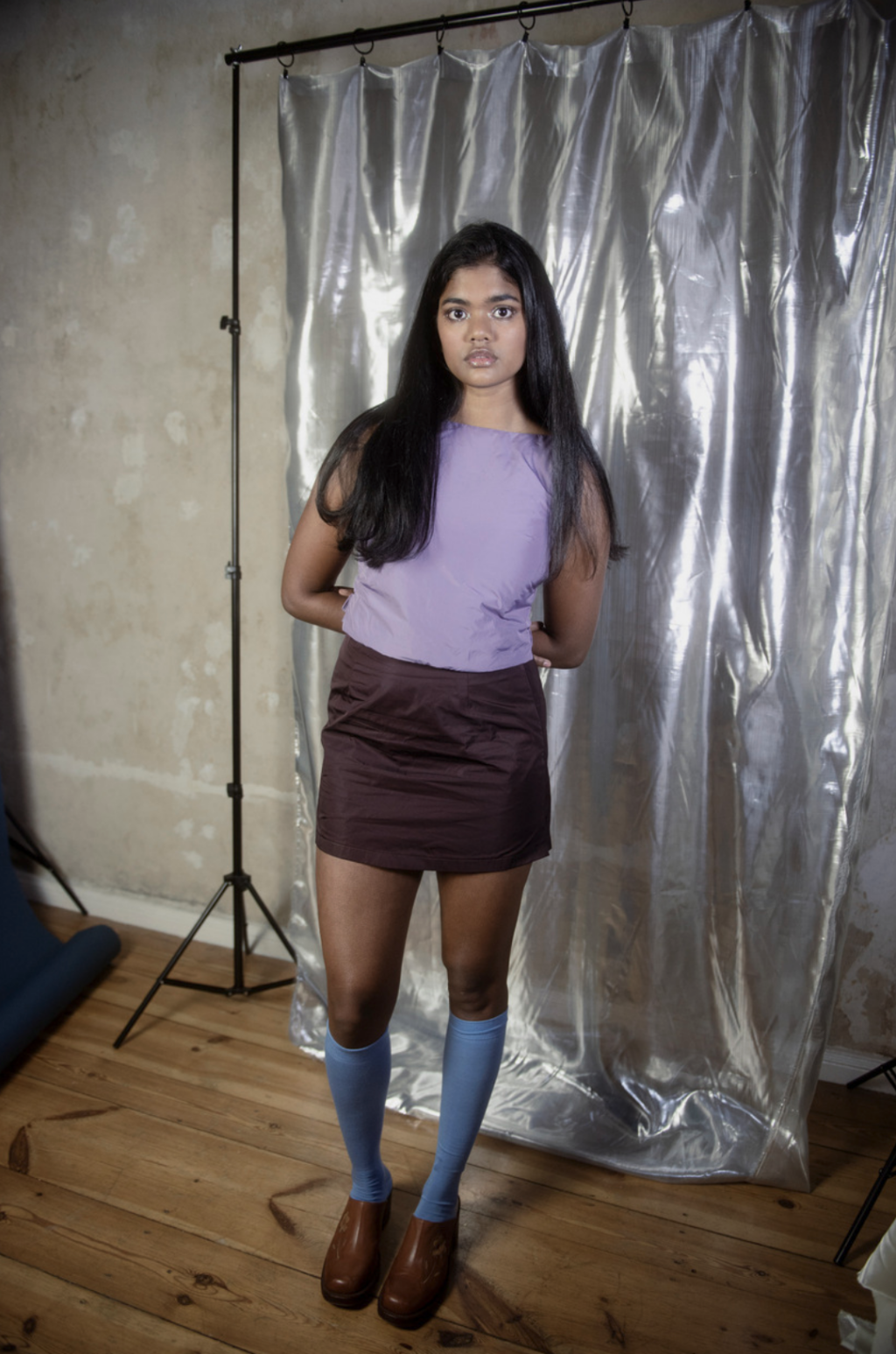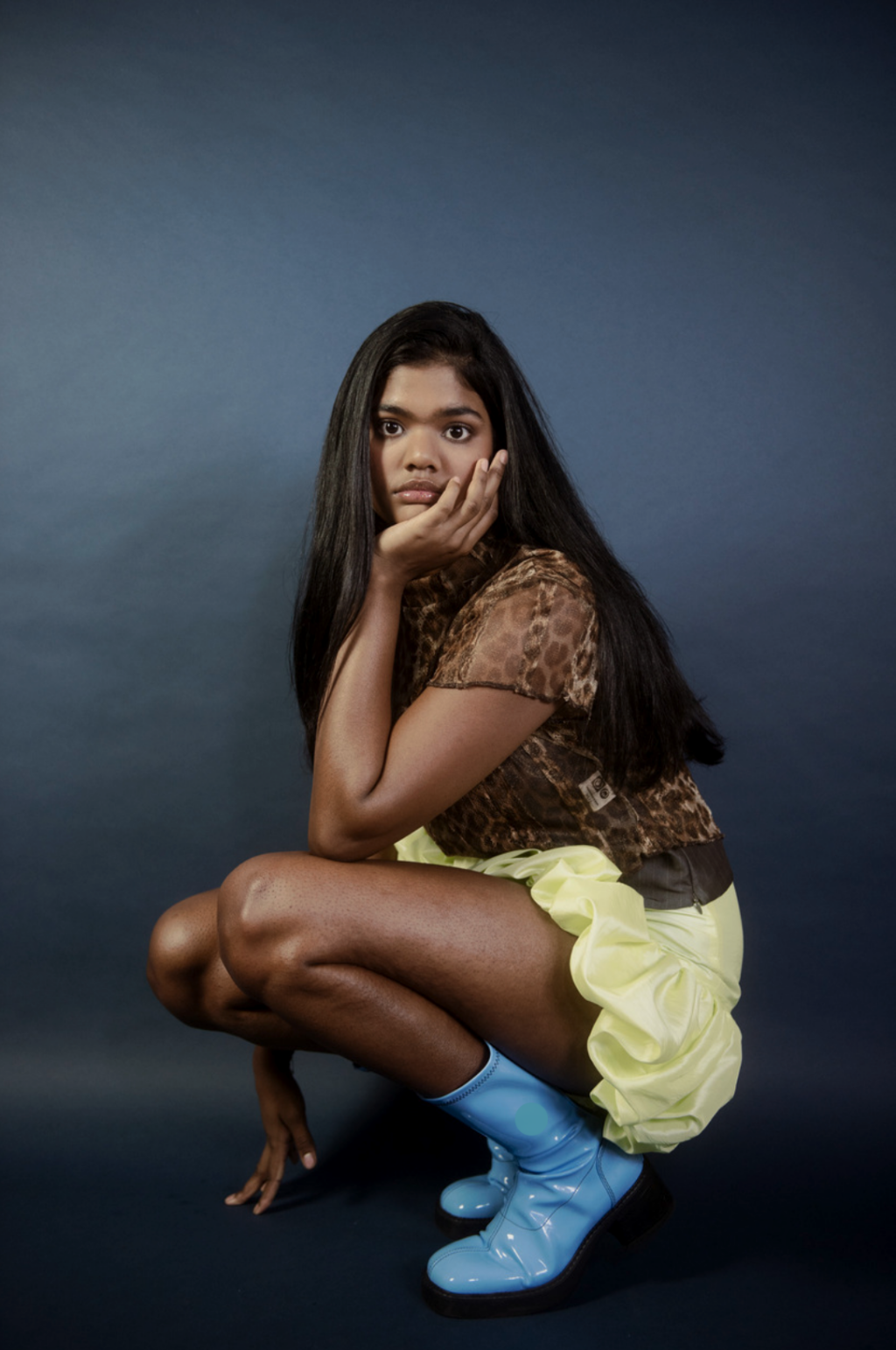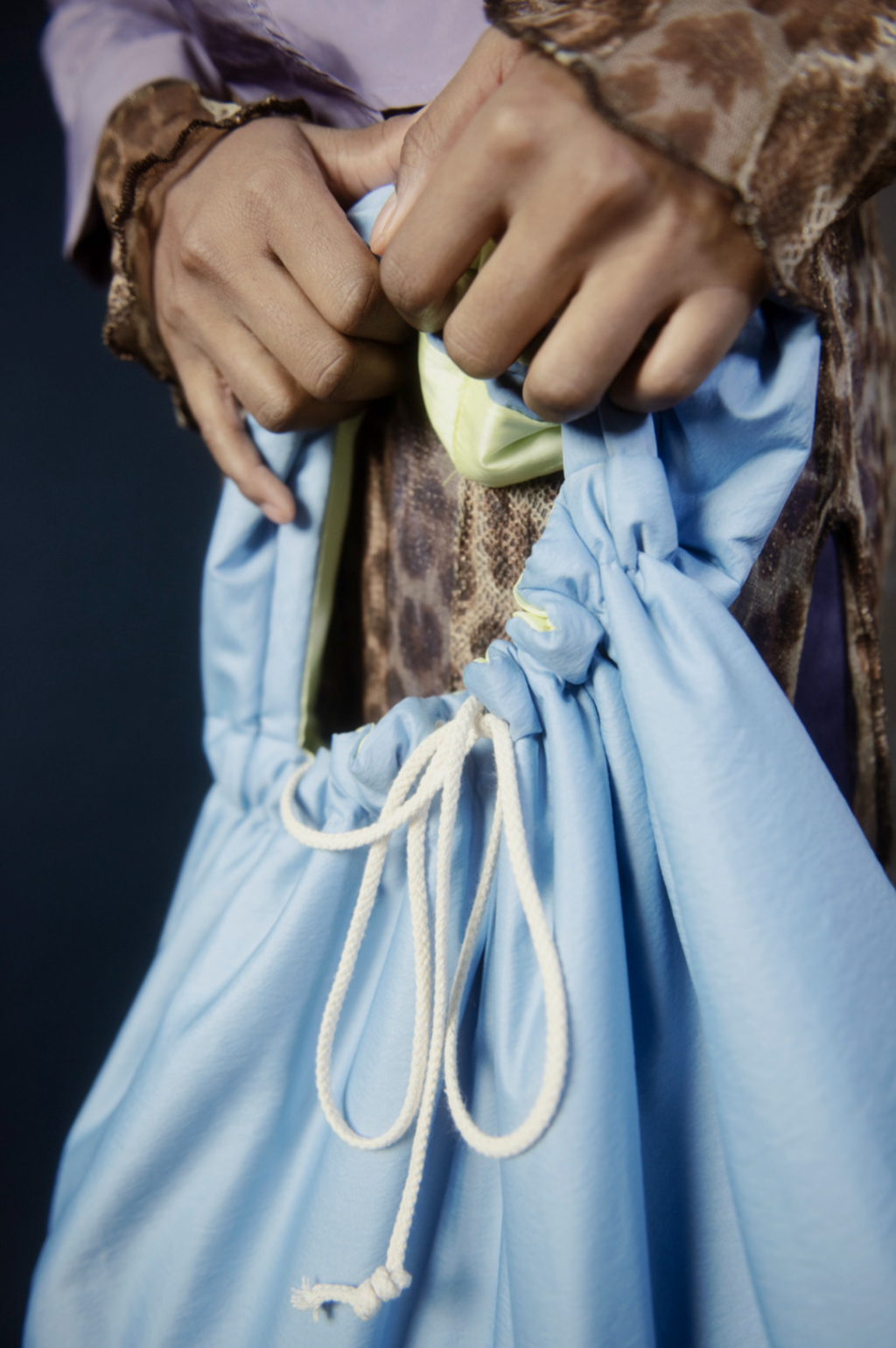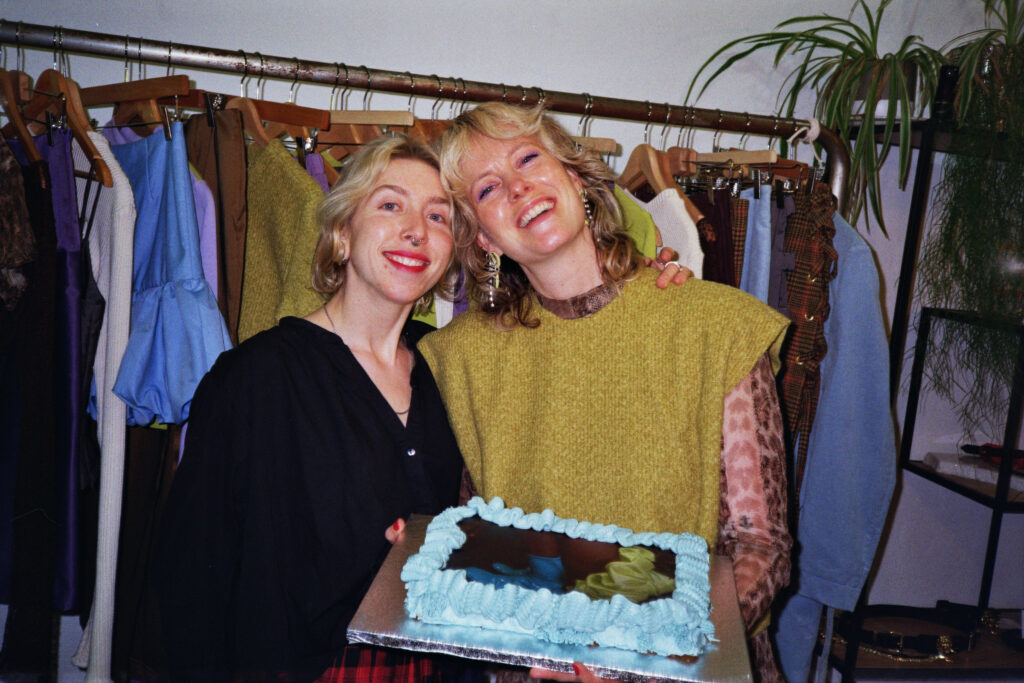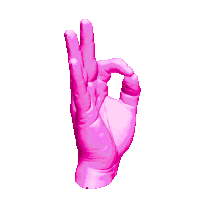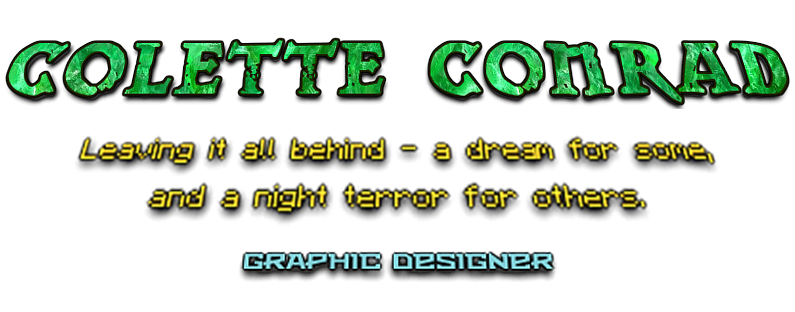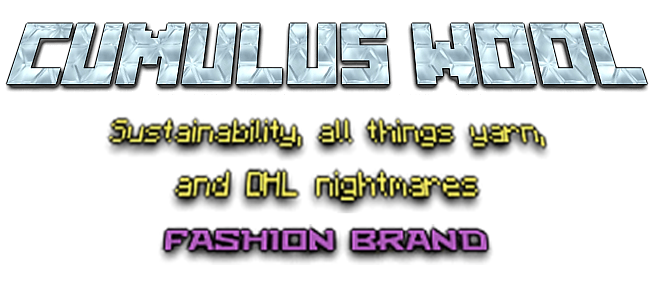‘Head in the Acid Clouds,’ the new collection by Berlin-based independent fashion designer Schroiff, is every bit the optimistic, nihilistic, futuristic you—the you that you want to comfort and dote over, all at the same time. The designer, who kick-started her career in 2017 after joining Fashion Studio Obst und Gemüse in the mushy center of Neukölln, explains how Barbie-esque models trying to stay gorgeous and smiling amidst nuclear annihilation inspired her most recent collection. “It struck a nerve, being a designer in this capitalist society, trying to sell beautiful things while there are several wars going on. Just keep smiling and dreaming with your head in the clouds, but the clouds are acid fumes,” Schroiff explains.
A distinct mixture of unique fabrics, prints, minimal fuss with all the thrills, and contemporary styles and shapes is what the designer has become best known and loved for in Berlin’s underground fashion scene. In our interview, we discuss how to strike the balance between producing pieces that sell well and creating pieces that challenge creativity and craftsmanship. We delve into the ins and outs of what it takes to make a collection, ask what fashion advice the designer would most gladly give to baby Schroiff herself, and lots more.
“It struck a nerve, being a designer in this capitalist society, trying to sell beautiful things while there are several wars going on. Just keep smiling and dreaming with your head in the clouds, but the clouds are acid fumes.”
What song or movie would best describe your new collection?
Judith: I was thinking Barbie there for a second, but funnily enough, there is no pink in this collection. However, I can’t deny that there are coordinated two-pieces, some luxe textures, and a dose of fun for sure. The collection is called ‘Head in the Acid Clouds,’ which came about after seeing the ‘Apocalypse in Pink’ photo spread in the fashion/culture magazine Spectagoria from 1983. It pictures Barbie-esque models trying to stay gorgeous and smiling amidst nuclear annihilation. It struck a nerve, being a designer in this capitalist society trying to sell beautiful things while there are several wars going on. Just keep smiling and dreaming with your head in the clouds, but the clouds are acid fumes. I am not claiming to make any political statements with this collection, but it is all in the mix somewhere. I am a human living in this context afterall.
What is one of the biggest challenges that you face as an independent designer and how do you get through it?
Judith: It is about finding a balance between making things that sell well and easily and creating things that challenge my creativity and craftsmanship. The latter often takes much more time and is not always financially viable. This has always been a challenge since I joined my collective workspace and started selling things on a more regular basis in 2017. But I have to say, especially with this last collection, I feel that the more intricate pieces have also been received very well, and it makes me really happy to see the appreciation from the customers. This is what keeps me going for sure, knowing there will always be someone who loves and appreciates a specific piece I made, no matter how long it takes them to find it.
Maybe I should add here that my label is just me. I design and make all the pieces by hand; there’s no outsourced production. In the past year, I have quit my fixed day job, which had really stifled my creativity. Now there is more space for creativity and making more challenging pieces.
How long did the process of making this collection take? Do you start with an idea of making a new collection, or did you make a piece and then decide you would like to make a whole collection based around that piece? Asking for all the non-designers out there 😉
Judith: For me, it’s usually a process that takes several months. I can have an idea, see something that inspires me, or buy a fabric that I like, but until the right fabric finds the right design and I make it into an actual piece, it can take a while (sometimes even years, especially with other life commitments that might come in between). That said, maybe I should point out that I do not have the obligation or demand to make several collections a year. So, I basically develop pieces throughout the year, and some of them usually end up in a collection. But once I have decided to make a collection, it usually takes about 2-3 months until I feel like I am done. To make one piece can take from 1 day to a week.
In this collection the Cloud and the Acid Cloud skirt, are some of the key pieces of the collection, plus the ‘You Should Smile More’ coat, which was made from black corduroy with bleached cut-up smileys on it.
What are your most loved fabric stores in Berlin?
Judith: I love the Turkish fabric vendors at Maybach Ufer Market. Many of the vendors there have overproduced deadstock materials (not all of them), so it can be hit or miss with the quality you find there, but often they have some nice gems, and I like to get inspired by the fabrics I see. But it might take a bit of textile knowledge to find the good stuff.
Another place I like a lot is Lebenskleidung in Kreuzberg, which I have known since my uni days. They produce fabrics with the highest ecological and social standards and have a beautiful range.
What’s the first piece of clothing you ever made?
Judith: I honestly don’t know!! I only started making clothes when I started my apprenticeship to become a tailor a year or so after finishing school…before that I wanted to become a hair and make-up artist.
“Invest in quality pieces and treat them well.”
If you could go back and give baby Schroiff one piece of fashion advice, what would it be?
Judith: Invest in quality pieces and treat them well.
How important is having a physical store as an independent designer? If you feel comfortable, could you share some insights into what percentage of your sales come through what avenues?
Judith: Oh… I don’t think there is one solution for all. I feel like I am in a quite specific situation with my studio space, which can also be used as a sales venue. Luckily, it is situated in a very bustling part of Berlin that attracts locals and tourists alike. So, 98% of my sales go through there, and then I have occasional sales through Instagram. I don’t even have an online shop yet, but I see it on the horizon, which will definitely broaden my reach.
If you are a small designer in a more rural area, you might definitely need an online shop straight from the start, but it all depends on your product and client as well.
